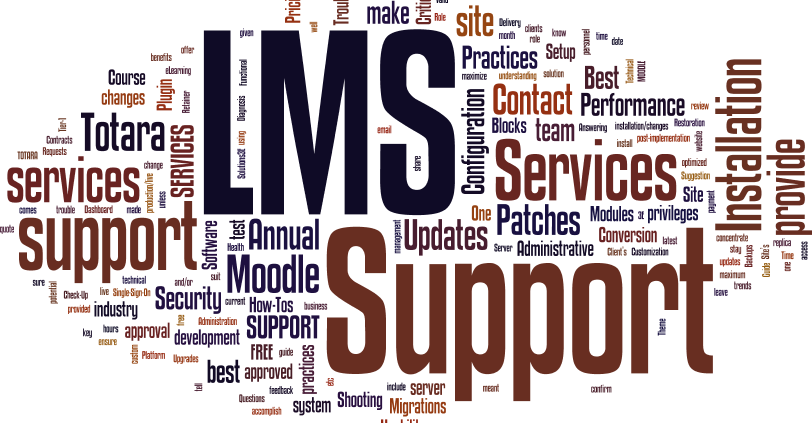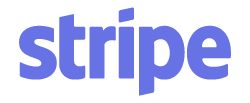Teacher-Student Communication in an LMS
One of the most important aspects of any good lecture is the teacher’s ability to connect and communicate with the students in a non-threatening, relaxed manner. A teacher who does this correctly will seldom have a lesson during which none of the students dare to ask any questions, and they’ll be able to properly gauge just how well the information is getting across to everyone in the room.
Using a software-based LMS can make these things both more accessible and more complex, depending on our experience with using them and how good the actual LMS is. In this article, we’ll cover a few things that every LMS should be able to offer both the teacher and the students to maximize the efficiency of the learning process.
Expression & Demonstration
A good lesson is far more than blandly talking about a particular subject and hoping the students will catch on. An experienced teacher will use all the tools at their disposal to prove a point or demonstrate a phenomenon. Mimicry, concrete examples, drawings, and graphs are just some of those tools, and the more the teacher utilizes them, the better they’ll be able to convey what they need to the other side.
But even if a teacher does possess all these skills, it’s useless if an LMS doesn’t possess the tools necessary to facilitate and transmit all the necessary information to the students. If the students are located in a different room, you will need a way to demonstrate and express everything you need to via a video and audio protocol.
If you’re demonstrating a software tool, for example, it’s beneficial to be able to capture your screen directly via the LMS and Livestream it to your students. These are just some of the features that a good LMS should have to optimize communication between the two sides, and if these features are missing, they can quickly become a problem.
Feedback from the Students
What your students think about you and your program is incredibly important, as the purpose of the class is to make sure they master the subject as perfectly as possible. Anonymous questionnaires and surveys are some of the best ways to get an honest opinion from your students, so an LMS should have an analogous feature that can perform the same kind of task in a virtual environment.
An LMS can make things much easier in this regard, allowing students to leave anonymous comments at the end of the lecture or any time they see fit. Teachers can be rated and ranked based on their performance with relative ease if the LMS can implement the necessary algorithm.
Without adequate feedback, it becomes increasingly difficult for the teacher to correct and adjust their teaching methods to fit the student’s needs, often resulting in a course that is either far too challenging or not challenging enough. Students should be allowed to share their opinions about their teachers, both after and during the class, because in doing so, they contribute to improving the program for themselves and their peers.
Assistance
Mastering a lesson on one’s own is not always possible; in such a circumstance, a student can need assistance from a peer or teacher. This is relatively simple in a conventional classroom environment because there’s no spatial barrier between the two sides; everyone is in the same room and can communicate in various ways.
When using an LMS, it’s great to have a feature that can remotely make this communication possible. That way, a student can receive instant assistance with completing a task so they can move on to the next one as quickly as possible. The most common way of accomplishing this is implementing a remote assistance protocol allowing the teacher to interface the student’s issue directly.
An Interactive Environment
The best and fastest way to absorb knowledge and learn a new skill is through trial and error, learning from your own mistakes. Therefore it’s essential to try and create an environment in which the teacher and the students tackle a specific problem together, with the teacher guiding them along until they figure out the answer themselves.
This interactive environment is sometimes difficult to create, mainly when you’re not in the same space. Still, there are specific learning management systems that have managed to implement such a function very successfully. A simulated environment inside an LMS can be just as effective at making students learn from their mistakes as a real one can, and the most obvious advantage that this poses is that students aren’t forced to share resources; they can access the simulated environment from their device and run their instance.
Monitoring in LMS
Finally, it’s essential that an LMS can provide the teacher with an excellent way to monitor their student’s progress through individual classes and throughout the entire length of the course. This can give the teacher additional insight into which of their students they need to pay more attention to and who is most in need of their assistance. It can also be a great way to ensure your students are focused on the task at hand, so even though you aren’t located in the same room, your students are still conscious that the teacher is present and that procrastination is not an option.
Without proper monitoring, especially when using an LMS, you can quickly lose the feeling that an actual class is being held. Implementing a monitoring feature can help “keep everyone on their toes”, for lack of a better term.
Conclusion
With that, we’ve covered the most basic requirements for proper communication between students and teachers in an LMS-based environment. Without these features, it can become increasingly difficult to properly keep in contact with your students and calibrate your lectures to their particular needs. So before you choose your LMS, carefully consider whether it has all the features you need (and all the features you think you might need in the future) built into the software itself, lest you regret your choice in the middle of a future lecture.





